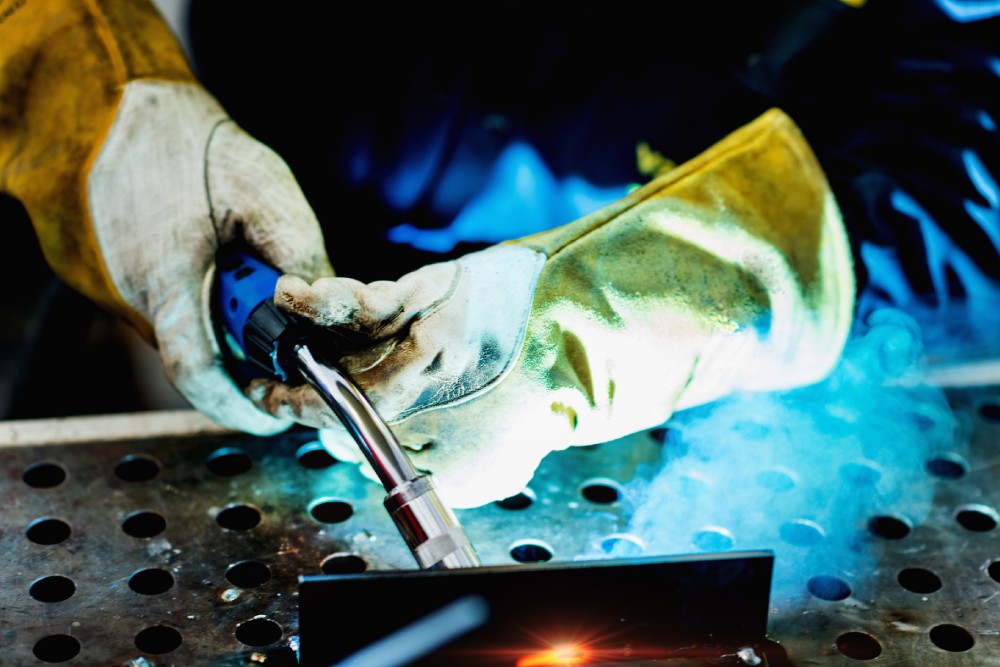
Can I Use Any Gloves for Welding?
Welding is a demanding task that involves high temperatures, sparks, and molten metal, making proper protective gear essential. Among the most critical pieces of safety equipment are welding gloves, designed specifically to protect the hands from the intense heat and potential hazards of welding. However, a common question arises: Can you use any gloves for welding? The answer lies in understanding the specific requirements of welding gloves compared to regular gloves.
The Importance of Heat Resistance in Welding Gloves
Welding generates extreme heat, with temperatures reaching up to 6,500°F (3,600°C) in some cases. Therefore, the primary characteristic of welding gloves must be their heat resistance. Ordinary gloves, such as those made of nitrile, latex, or basic leather, do not offer the necessary protection against these high temperatures. They can easily melt, burn, or degrade, leading to severe burns or other injuries.
Welding gloves are typically made from durable materials like leather, which can withstand high temperatures and provide a buffer between the welder's hands and the heat. The leather used in welding gloves is often specially treated to enhance its heat-resistant properties, ensuring that it can handle the demands of welding without compromising safety.
Protection Against Sparks and Spatter
Another critical factor to consider is the protection against sparks, spatter, and molten metal. Welding often produces flying debris, which can easily burn through or stick to gloves that are not designed for this purpose. Standard work gloves are not equipped to handle these hazards, as they may not have the necessary thickness, flame resistance, or durability.
Welding gloves, on the other hand, are designed to resist these dangers. They are usually made with multiple layers of leather and may include additional padding or reinforcement in areas that are most likely to come into contact with sparks or molten metal. This design ensures that the gloves provide comprehensive protection, reducing the risk of injury.
Dexterity and Comfort in Welding Gloves
While protection is the top priority, dexterity and comfort are also important considerations when choosing gloves for welding. Welding often requires precise movements, and gloves that are too bulky or stiff can hinder a welder's ability to perform tasks effectively. However, using gloves that prioritize dexterity over protection can be dangerous in welding situations.
High-quality welding gloves strike a balance between protection and flexibility. They are designed to allow a reasonable range of motion while still offering the necessary protection. Some welding gloves are also lined with materials like cotton or wool, providing additional comfort and insulation against the heat without compromising dexterity.
Different Types of Welding Gloves
It's important to note that there are different types of welding gloves, each suited to specific types of welding. For example:
- MIG Welding Gloves: Typically made from cowhide or pigskin, these gloves are designed to provide protection from the high heat and spatter produced during MIG (Metal Inert Gas) welding. They offer a good balance of protection and dexterity.
- TIG Welding Gloves: These gloves are usually thinner and made from materials like goatskin or deerskin, offering greater flexibility and dexterity for the precise work required in TIG (Tungsten Inert Gas) welding. However, they still provide adequate protection from moderate heat and sparks.
- Stick Welding Gloves: Often made from cowhide or elk skin, these gloves are thicker and more durable, offering maximum protection from the intense heat and heavy spatter associated with stick welding.
Beybi Plastik, since its establishment in 1949; operates in the field of personal protective work safety gloves, examination gloves production and sales, sterile surgical gloves and medical consumables sales and marketing.



